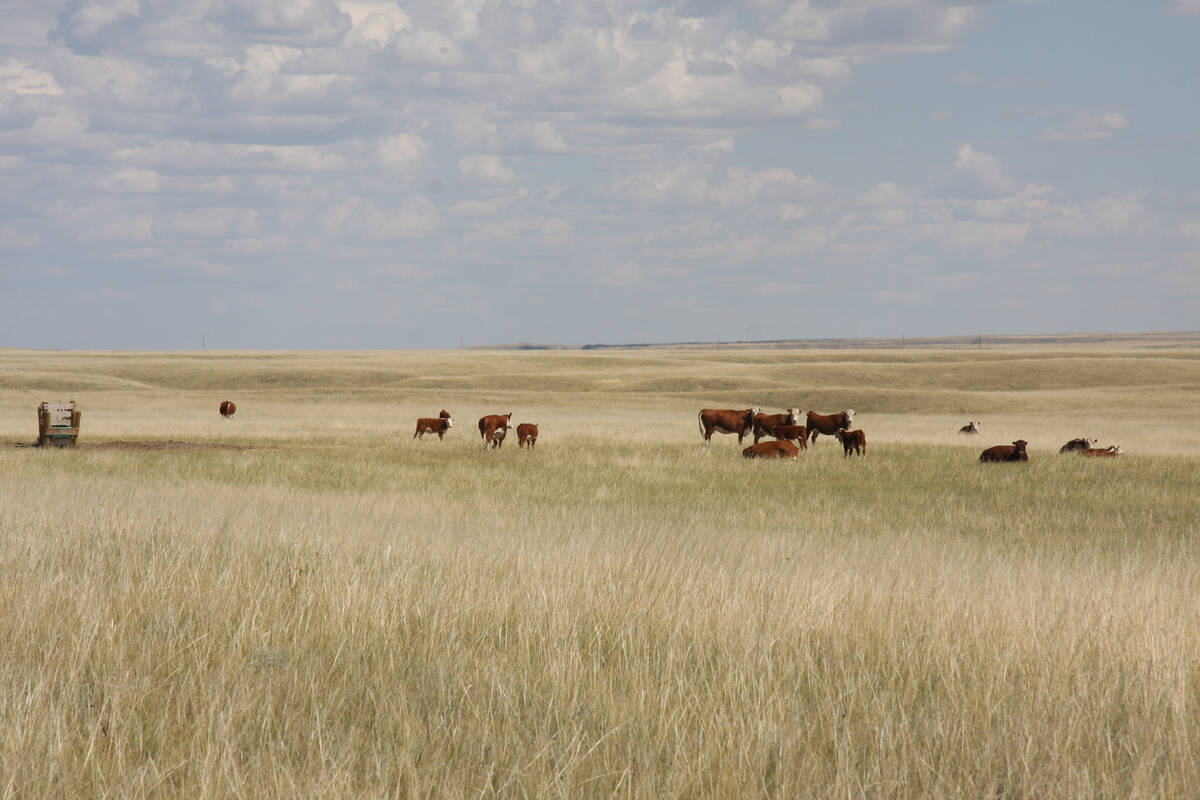A popular program that offers farmers financial rewards for adopting environmentally friendly farming practices is getting an overhaul in Western Canada.
The Environmental Farm Plan (EFP) program encourages producers to assess their operations and identify farming practices that pose a risk to the environment.
Producers who complete an EFP can apply for grants of up to $50,000 per farm to help pay for projects that address environmental risks.
The EFP program will still be offered this year, but in many cases the pool of money allocated for farmer grants will be reduced or has yet to be determined.
Read Also

Conservation groups enter grazing lease debate
The Municipal District of Taber in southern Alberta remains at a political crossroads, weighing the interests of generating revenue for public services with conserving native grasslands.
In Saskatchewan, grant money available to producers ran out in July of 2008 and new funding levels have yet to be determined, said Terry Kowalchuk, an Agriculture Canada official familiar with the program.
Between July 2005 and the fall of 2008, about $40 million was distributed to farmers under the program.
Since then, no new incentive cheques have been issued.
“Once that money was committed, that was pretty much it,” said Kowalchuk.
Delivery and administration of the EFP program, as well as distribution of grant money to farmers, is now up to the province, he added.
“We (the federal government) are … working with our provincial delivery partners to try and make that transition as smooth as possible but the details … in terms of … total budget allocations is really in the hands of the provincial government at this point.”
Jim Stalwick, policy manager with Saskatchewan Agriculture, said a total of $32 million will be available for EFP-related programming over the next four years.
But that money will be used to pay for administrative costs and the delivery of regional EFP workshops as well as producer grants.
“The province is still negotiating the costs of (delivery and administration) … but our goal is to maximize funding (available to producers) on the ground,” he aid.
“We are dealing with lower numbers here (for the EFP incentives) so everybody’s trying to assimilate how we can best operate under that (scenario).”
Stalwick added that while grant money distributed through EFP programming will be reduced, funding under other programs such as the Farm and Ranch Water Infrastructure program could increase.
An announcement on the total grant money available as EFP grants should be announced within the next few months, he added.
In Alberta, grant money for EFP programming also ran out in March 2008 and new grant money will not be available to producers until September 2009, said Alberta EFP program director Mike Slomp.
Under the province’s old EFP grant mechanism, the Canada Alberta Farm Stewardship Program, about $28 million was distributed to producers over a period of roughly 31/2 years.
During that time, about 8,500 Alberta farmers completed an EFP. However, when funding dried up, so did interest in the program.
In the past 12 months, only 150 Alberta producers have completed an EFP.
“It was pretty dramatic,” Slomp said.
“People were clearly looking forward to doing an EFP with the assurance of funding …. The minute that word got out that the stewardship funding was (depleted), that pretty well dried up most interest in doing an EFP.”
Details of the province’s new environmental programs, to be introduced in September, are available on-line at www.growingforward.alberta.ca/growingforward/program_StewardshipPlans.htm.
In British Columbia, wholesale changes to the EFP program are also are expected.
Reg Ens, chief operating officer of the British Columbia Agriculture and Research Development Corporation, said producer incentives for B.C. producers will decrease.
Farmers will be less inclined to address environmental risks unless they’re prepared to pay for a larger chunk of the costs, he added.
“I can say that from … (last) year to this year, we’ve dropped from approximately $5.6 million to about $2.6 million in incentive funding,” Ens said.
“We are still hoping to get as many environmental farm plans done as possible, but the amount of funding available for (adopting) best management practices and encouraging (farmers) to complete an environmental farm plan is significantly reduced.”















